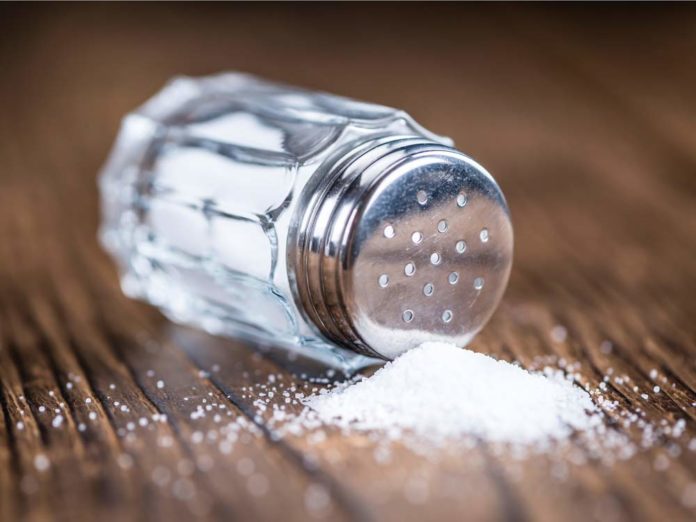Consuming excessive salt amid childhood is related to cardiovascular disease risk, yet the adequacy of education and behavior-based strategies to bring down salt use among kids has not been completely looked into.
According to a new study, a web-based salt education program can improve salt-related knowledge, self-efficacy, and behaviors among children ages 7-10 years.
For the study, scientists involved more than 100 children from six primary schools of varying socioeconomic levels located in Victoria, Australia. In beginning, participants completed a survey on salt-related knowledge, attitudes, and behaviors. They were also instructed on how to collect their urine for a period of 24 hours.
Students then took part in a five-week intervention that included web-based interactive education sessions that they completed at home. The 20-minute lessons presented three key messages: stop using the salt shaker, switch to low-salt foods by checking food labels, and swap processed salty-foods for healthier low-salt alternatives.
The detective themed stories included animated comics, intuitive activities, and video content. Support material incorporated a printed detective logbook and parental assets. After finishing the exercises, understudies took an online overview identified with dietary salt and finished a moment 24-hour urine collection.
Scientists discovered a significant improvement in children’s overall knowledge, behavior, and self-efficacy scores and no change in attitude score that measured the importance of using salt to make food tasty.
There was a 19 percent reduction in the proportion of children who reported that a salt shaker was placed on the table. When a salt shaker was not present, salt usage by children was reduced 25 percent compared to 70 percent who reported adding salt when a salt shaker was on the table. An improvement was also shown in children’s self-reported belief that they could change their behaviors to eat less salt.
Lead author Dr. Carley Grimes from the Institute for Physical Activity and Nutrition at Deakin University, Australia said, “Eating salty foods during early life increases taste preference for foods rich in salt that may lead to greater lifetime intake of salt. Product reformulation of lower-sodium foods is an integral component of population-wide salt reduction efforts, but behavior-based strategies such as reading food labels to select lower-salt foods can be taught to children.”
“Feeling empowered to make nutrition-related decisions is particularly important in shaping children’s behaviors. It was encouraging that children could be motivated through interactive web-based activities.”
In spite of the enhancements in salt-related practices, no change was seen in salt intake as estimated by urine collection. This might be because of the little sample size of children finishing this portion of the examination and the short span of the mediation (five weeks), which might not have been sufficient time for a noteworthy change in grocery purchasing habits.
The study is published in the Journal of Nutrition Education and Behavior.
